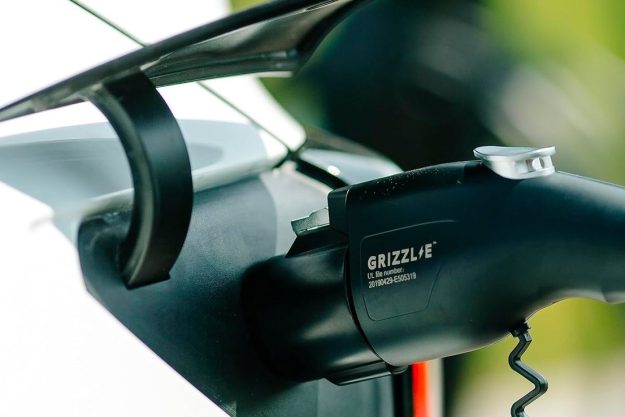Audi’s entry-level A3 will see a variety of minor changes for the 2017 model year. Broadly speaking, the updates are identical to the ones made to the Euro-spec version of the compact a couple of months ago.
As you’d expect from Audi, the visual modifications are more evolutionary than revolutionary. Designers have added a sharper, wider rendition of the company’s ubiquitous single-frame grille, a redesigned front bumper, and sharper headlights inspired by the ones fitted to the new 2017 A4. Out back, the only notable changes are a reshaped bumper and new-look tail lamps.
Inside, the A3 receives the latest evolution of Audi’s MMI infotainment system, and it can be ordered with the innovative virtual cockpit that originally debuted on the third-generation TT. The virtual cockpit replaces the traditional analog instrument cluster with a high-resolution 12.3-inch color screen that can be configured by the driver to show an array of information about the car and its surroundings.
Audi hasn’t made any mechanical modifications to the A3. The 2.0-liter TDI turbodiesel mill still isn’t certified by the EPA, so the engine is a turbocharged 2.0-liter four-cylinder rated at 220 horsepower and 258 pound-feet of torque. Front-wheel drive and a six-speed dual-clutch automatic transmission come standard, and all-wheel drive is available at an extra cost.
Next up in the A3 hierarchy is the S3 model. Again, there are no performance modifications to report. Power still comes from an evolution of the aforementioned turbo four that makes 292 horsepower from 5,400 rpm to 6,200 rpm and 280 pound-feet of torque from 1,900 to 5,300 rpm. Technical information about the plug-in hybrid e-tron model will be published at a later date.
All variants of the A3 now come standard with pre-sense front, a tech feature that relies on long-range radars and a camera mounted on the inside of the windshield to mitigate collisions or avoid them altogether. The list of optional features has been expanded with rear cross traffic assist, the aforementioned digital instrument cluster, and smartphone integration.
The 2017 Audi A3 will go on sale nationwide in the fall. Pricing starts at $34,200 for the all-wheel drive version of the A3, $40,300 for the A3 Cabriolet, and $42,900 for the S3. The front-wheel drive A3 will be the entry-level member of the lineup, but pricing information hasn’t been announced yet.
Editors' Recommendations
- Audi’s new A3 Sedan learns a few tech tricks from its bigger siblings
- The 2020 Audi RS Q3 is a souped-up SUV you’ll have to admire from afar
- Audi Q3 Sportback crossover is a mini Q8 that won’t come to the U.S.




